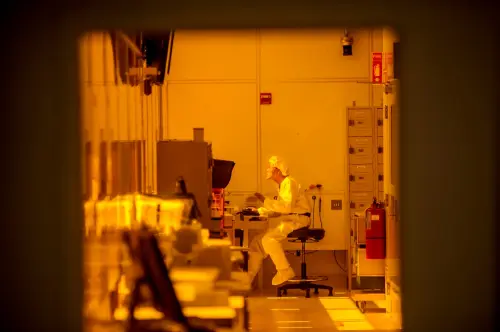President-elect Barack Obama is right to call for a big, bold infrastructure-focused recovery package that he could sign into law on Day One of his administration. But in the rush to prepare the package, we need to ask an important question: “Who benefits long-term?”
If we spend the money in the same old way, the vast majority of the recovery package will be spent on more exurban and suburban highways, with little done to create a greener, more competitive and more opportunity-laden nation for all Americans.
These investments, therefore, must be about more than just bricks and mortar. We must invest in people: creating new jobs, training a new work force and connecting people to work. Unfortunately, the current, flawed spending system does not serve the greater good — either for people or our economic prosperity.
In Missouri, for example, the state department of transportation recently released a list of “ready-to-go” infrastructure projects valued at $510 million, which the department wants funded as part of the recovery package. How many of these projects were in the city of St. Louis, the hub of the region that generates 46 percent of state economic output — but also is home to many of its lowest-income residents? Zero. Instead, the listed projects would build new or fix existing suburban highways, which would encourage additional dependence on automobiles and provide no true connection between low-income workers and jobs. This kind of spending would do nothing to address the real environmental and community challenges we face. And, sadly, other states are expected to advocate the same anachronistic approach.
As community-building experts and metropolitan researchers, we believe that these times demand a different way to bring shared prosperity to our cities and metropolita areas, which are the engines of the U.S. economy.
The millions of construction and “green-collar” jobs we expect to bloom in the coming years will require trained, ready and able workers. By creating a job-training pipeline from low-income communities to the green economy, we can stabilize neighborhoods and provide a pathway to family-wage jobs for people of color.
To accomplish this, each project that is part of an Obama stimulus plan should set-aside one or two percent of its budget for job-training programs, especially in partnership with community colleges and trade unions.
Public transit also is essential. By strategically expanding and improving buses, trains and light rail systems, we can connect Americans to job centers across their regions. Add the environmental and job-producing benefits of public transit projects, and this becomes the logical cornerstone of any 21st-century recovery package.
Faced with the recent defeat of Proposition M, a sales tax that would have helped fund Metro operating expenses and capital expansion, state planners at the very least should include Metro station upgrades as part of any stimulus plan.
We also should look at other, non-traditional infrastructure investments: new broadband lines in low-income communities and new urban parks to create healthier neighborhoods for our increasingly unhealthy children. The potential benefits of a thoughtfully planned and executed stimulus package are enormous.
Before any of this can happen, however, we must rethink the way we spend. The most important tenet guiding our decisions should be “fix it first.” That is, we should invest in rebuilding and reviving existing transit systems and bridges before laying new asphalt. This is the most cost-effective way to ensure that the infrastructure projects benefit low-income and urban residents and boost regional economic competitiveness.
We also must consider carefully who decides how to spend any available stimulus money. Directing all the recovery funds to state departments of transportation would create an unbalanced spending structure, with disproportionate amounts of money earmarked for suburban and rural areas.
To avoid this financial trap, at least one-third of infrastructure stimulus money should be directed to metropolitan and regional planning boards that can identify those projects that will nurture stronger communities long after the immediate economic crisis is over.
However, none of these new approaches will help solve the real problems facing Americans if we don’t listen to the voices and wisdom of those closest to these challenges, especially low-income people and people of color.
The recovery package is a once-in-a-generation chance to boost our economy and create more vibrant, more competitive, more opportunity-rich communities. If we invest strategically in the people, places and projects that need help the most, we could lift up millions of working families and revive countless long-forgotten communities.
The Brookings Institution is committed to quality, independence, and impact.
We are supported by a diverse array of funders. In line with our values and policies, each Brookings publication represents the sole views of its author(s).



Commentary
Op-edWho Decides which Infrastructure Projects To Do?
December 18, 2008